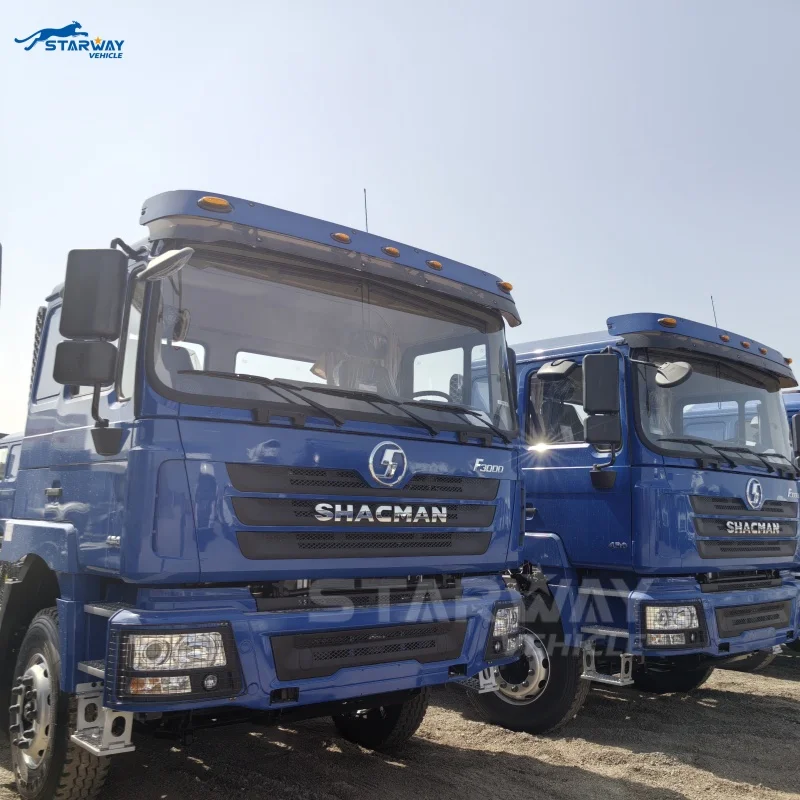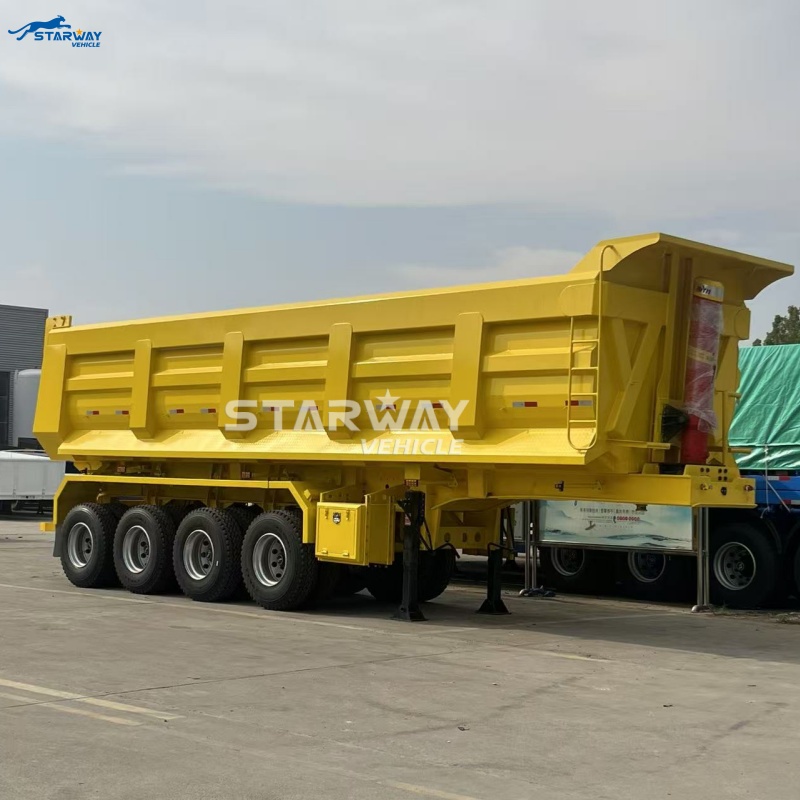Recent Posts
 Shacman vs. Competitors: Which Truck Delivers Better ROI?2025-11-26
Shacman vs. Competitors: Which Truck Delivers Better ROI?2025-11-26 Real-World Test: 4-Axle Tipper Semi Trailer Payload Capacity Revealed2025-11-13
Real-World Test: 4-Axle Tipper Semi Trailer Payload Capacity Revealed2025-11-13 The Hidden Costs of Operating a 70 Ton Flatbed Trailer (And How to Avoid Them)2025-11-11
The Hidden Costs of Operating a 70 Ton Flatbed Trailer (And How to Avoid Them)2025-11-11 4 Axles vs 3 Axles: Which Flatbed Trailer is Right for Your 70 Ton Load?2025-11-11
4 Axles vs 3 Axles: Which Flatbed Trailer is Right for Your 70 Ton Load?2025-11-11 4-axle Tipper Semi Trailer Power System vs Job Demands: 3 Real Case Results from Construction Sites2025-11-07
4-axle Tipper Semi Trailer Power System vs Job Demands: 3 Real Case Results from Construction Sites2025-11-07
Gooseneck vs Flatbed Trailers: Which One Fits Your Hauling Needs?
Gooseneck vs Flatbed Trailers: Which One Fits Your Hauling Needs?
When it comes to transporting heavy loads, selecting the right trailer is crucial for safety, efficiency, and cost-effectiveness. Two popular options—gooseneck trailers and flatbed trailers—each offer unique advantages depending on your specific requirements. This guide explores their differences to help you choose wisely.
1. Structural Design and Attachment
Gooseneck Trailers
Gooseneck trailers feature a pivoting hitch that connects directly to a truck’s bed via a ball mount. This design provides superior stability and weight distribution, making them ideal for heavy or unbalanced loads. The elevated front section (the "gooseneck") reduces sway during transit, especially on uneven terrain.
Flatbed Trailers
Flatbed trailers attach to a standard bumper pull hitch and have a completely level deck. Their open design allows for easy loading from all sides using forklifts or cranes. However, they lack the centralized weight distribution of goosenecks, which can limit their capacity for extremely heavy cargo.
2. Load Capacity and Versatility
Gooseneck trailers typically handle heavier loads (up to 30,000 lbs or more) due to their reinforced frames and balanced weight transfer. They’re commonly used for construction equipment, livestock, and oversized items like tractors.
Flatbed trailers excel in versatility, accommodating palletized goods, lumber, or vehicles. Their maximum capacity usually ranges between 10,000–20,000 lbs, depending on the model. Side rails or removable ramps can enhance functionality for specific cargo types.
3. Maneuverability and Towing Requirements
Gooseneck trailers offer tighter turning radii, thanks to their pivot point over the truck’s rear axle. This makes them preferable for navigating job sites or rural areas. However, they require a compatible truck with a installed bed hitch, which may involve upfront modifications.
Flatbeds are easier to hitch and tow with standard vehicles but may require additional sway control devices for high-speed highway travel. Their lower profile improves wind resistance but limits vertical cargo clearance.
4. Cost and Maintenance Considerations
While gooseneck trailers often have higher initial costs due to their robust build, their durability can reduce long-term maintenance expenses. Flatbed trailers are generally more affordable upfront but may require frequent deck repairs if used for abrasive loads.
5. Choosing the Right Trailer for Your Needs
Prioritize a gooseneck trailer if you regularly haul extreme weights or need off-road capability. Opt for a flatbed trailer if you value loading flexibility and operate primarily on paved roads. Always consult a trailer specialist to match your truck’s towing capacity with the trailer’s specifications.
Both trailer types have distinct roles in logistics. By evaluating factors like cargo type, frequency of use, and towing vehicle, you can invest in a solution that maximizes productivity and safety.
Leave A Reply





